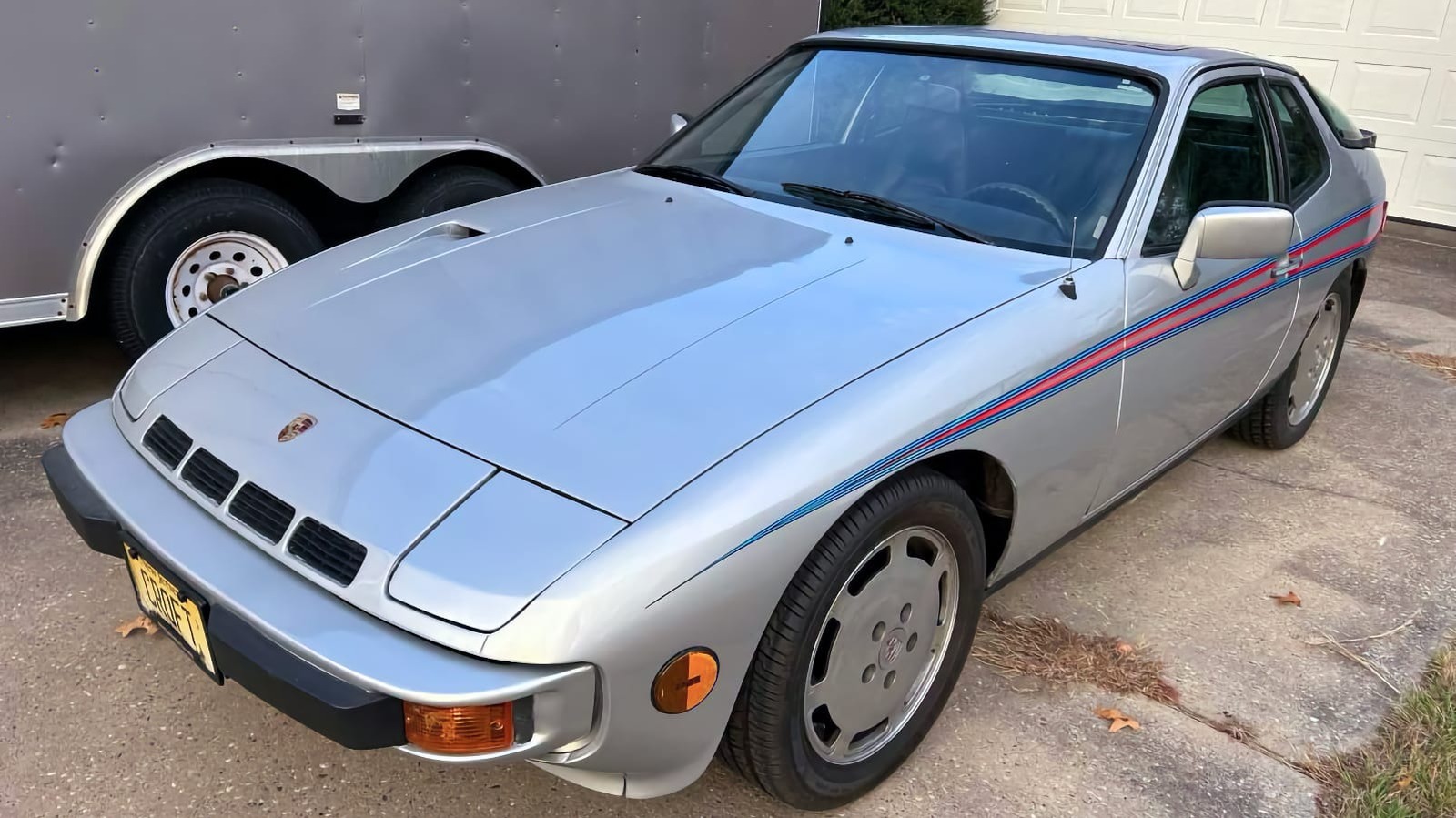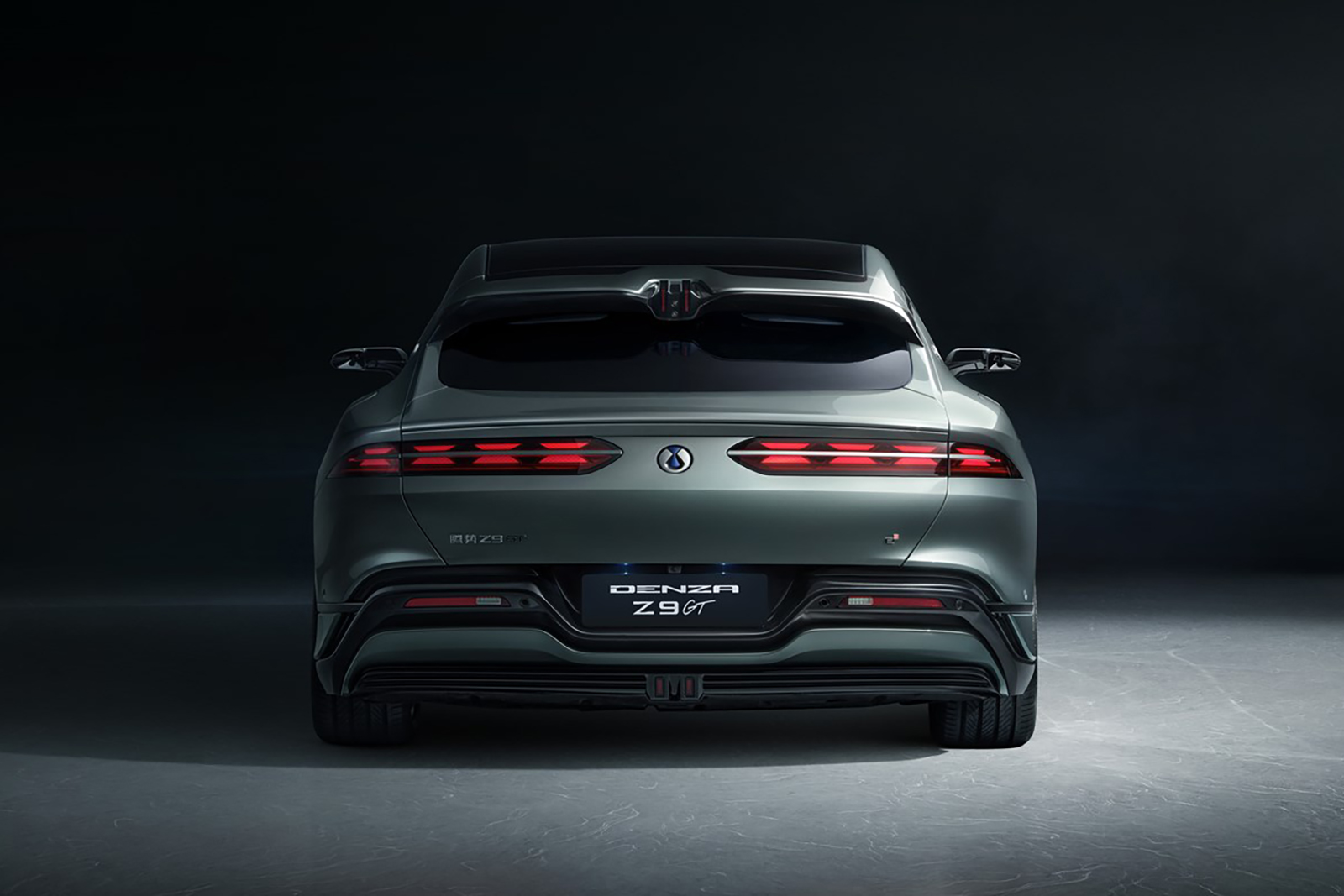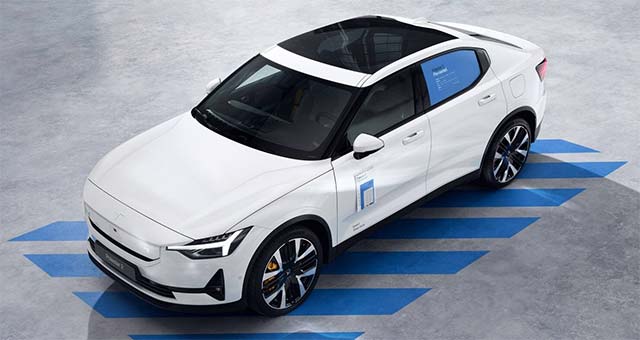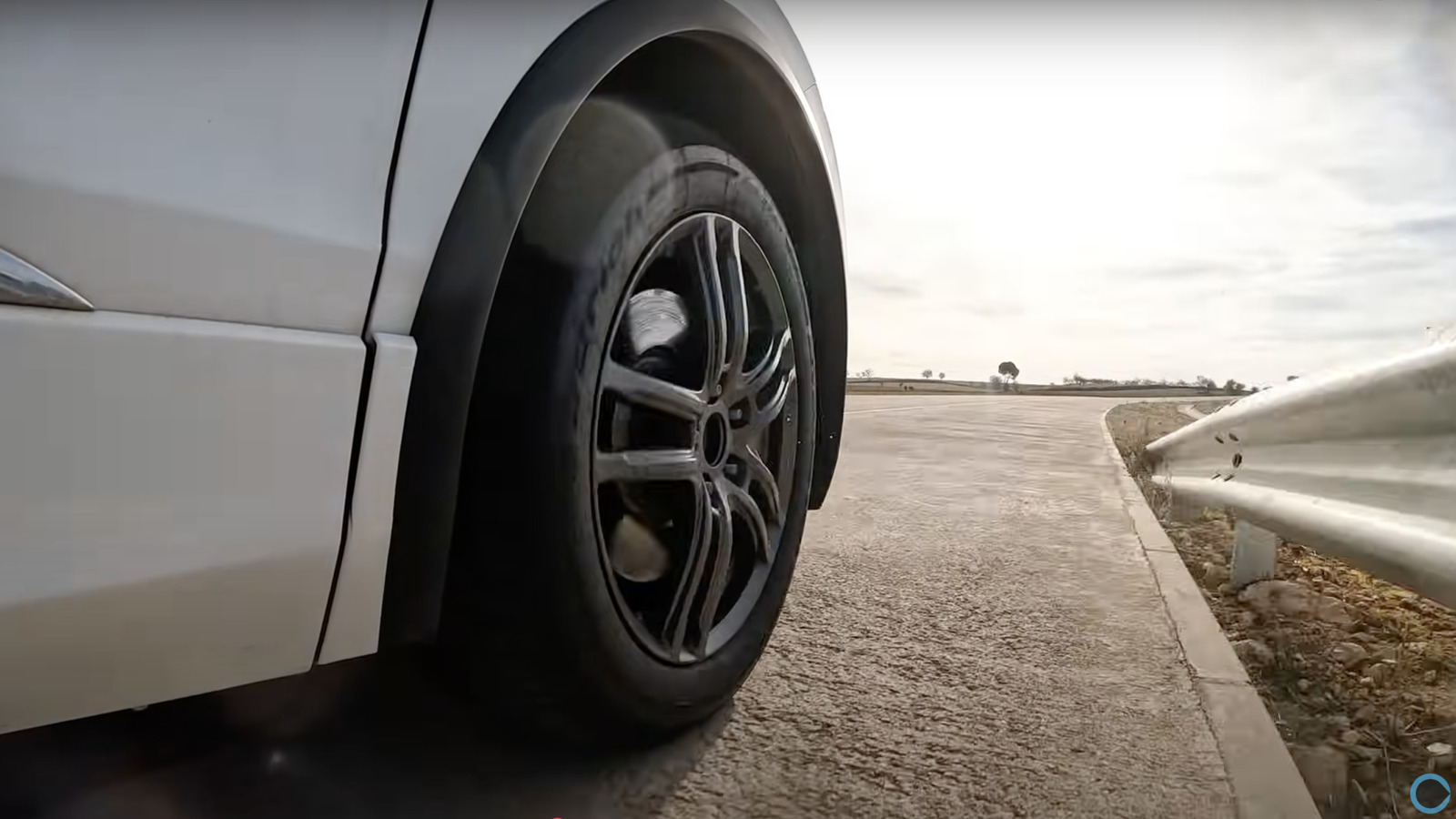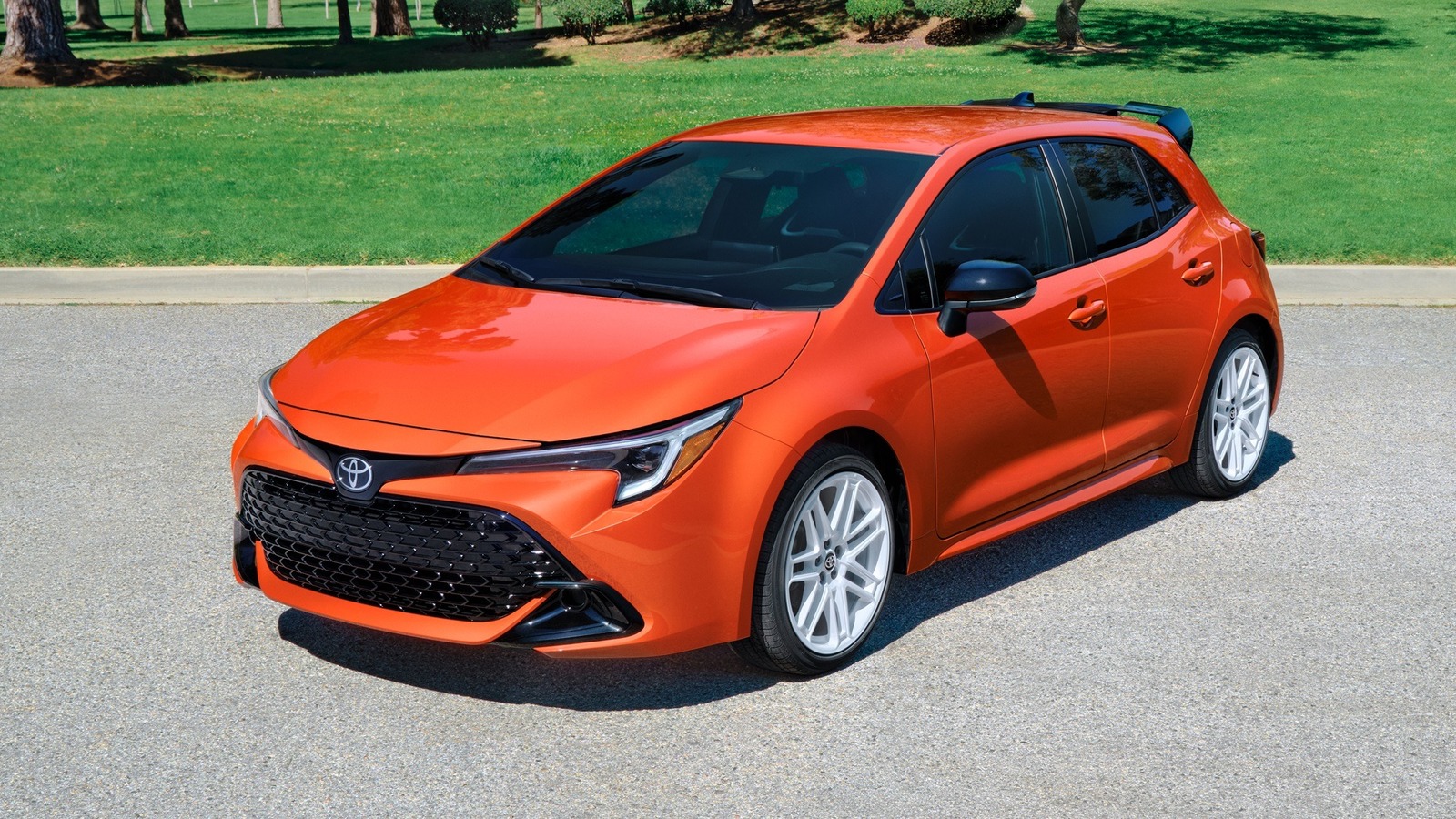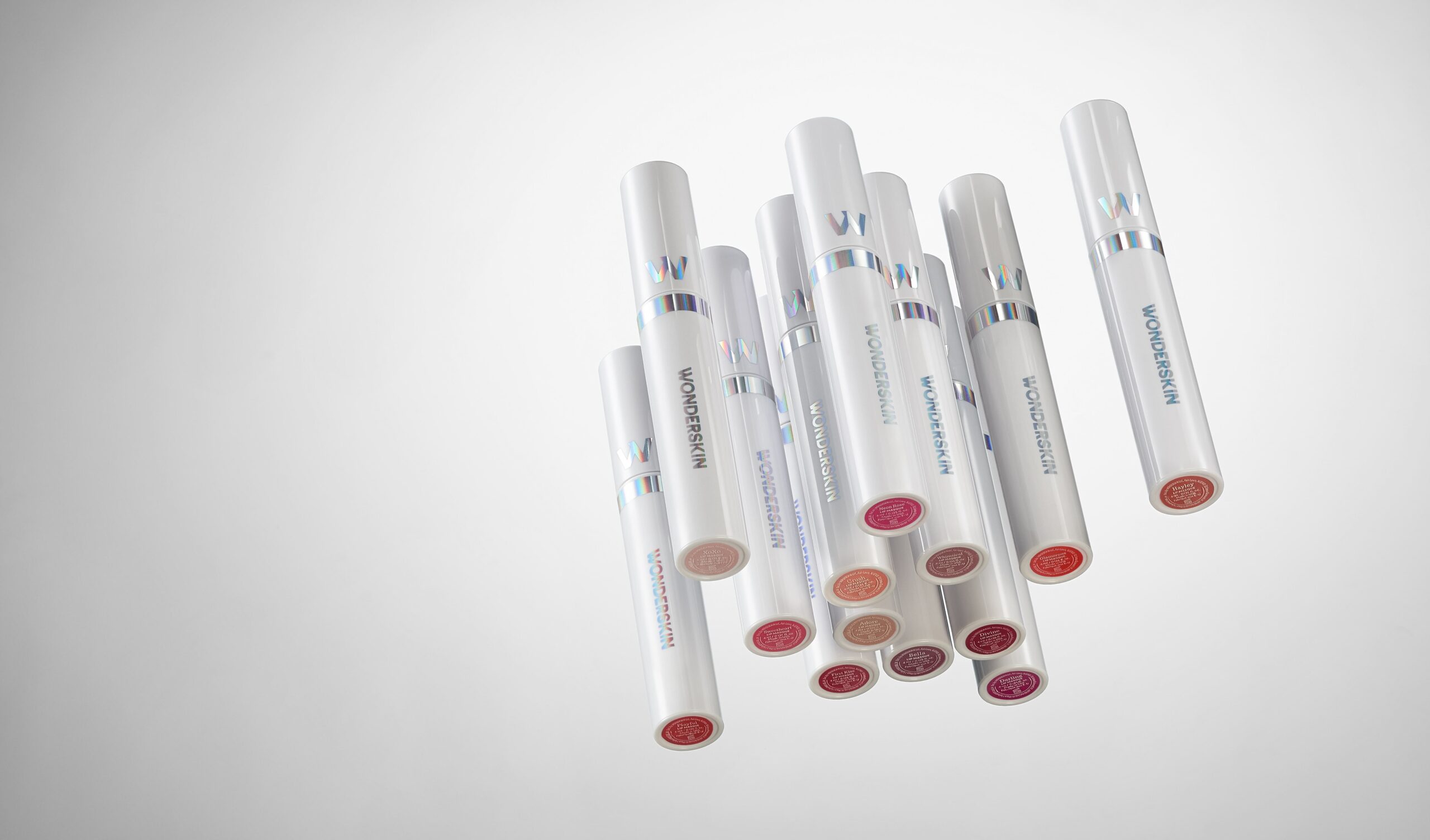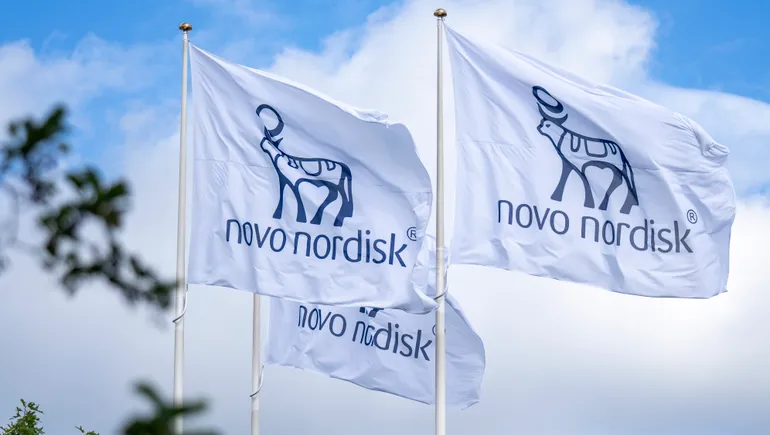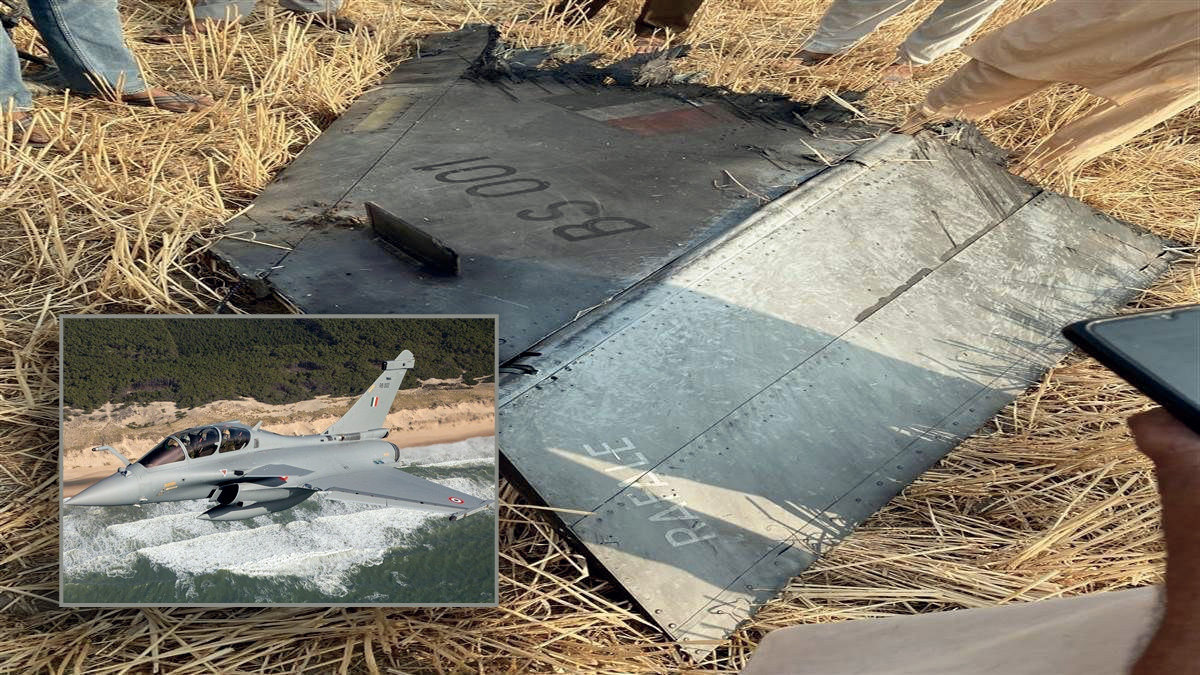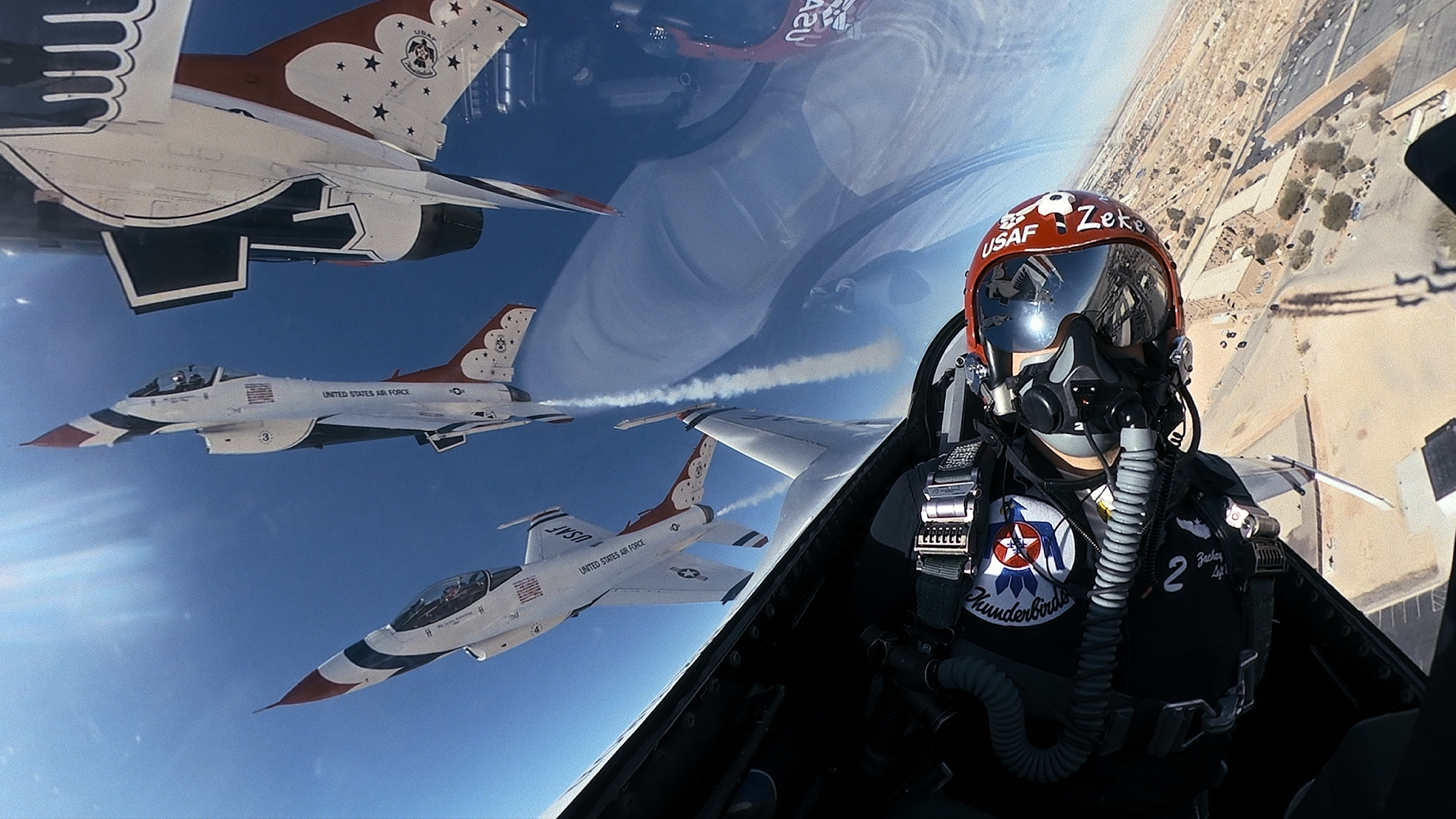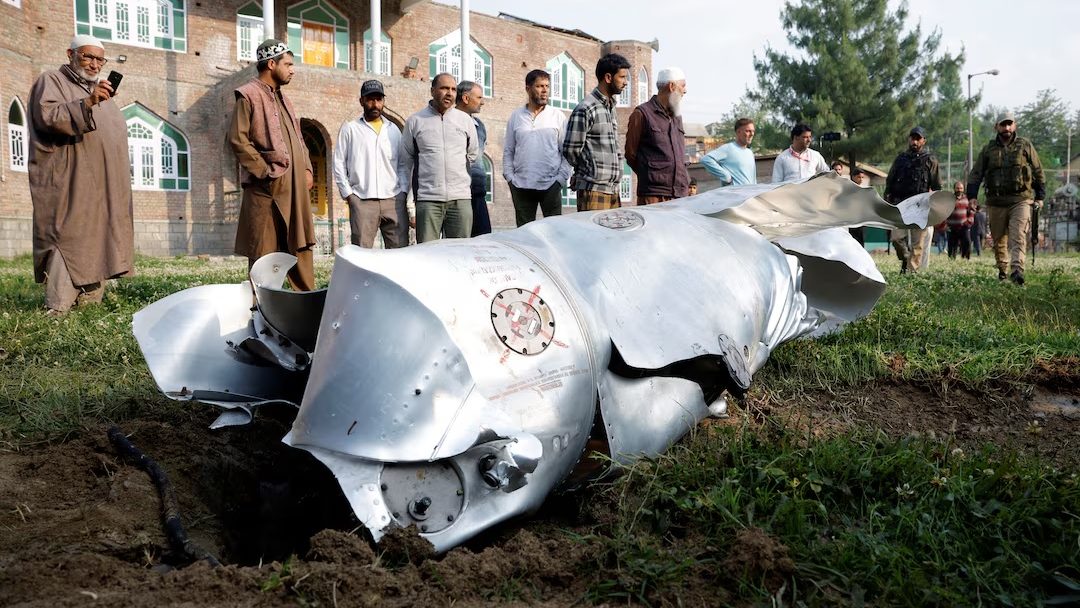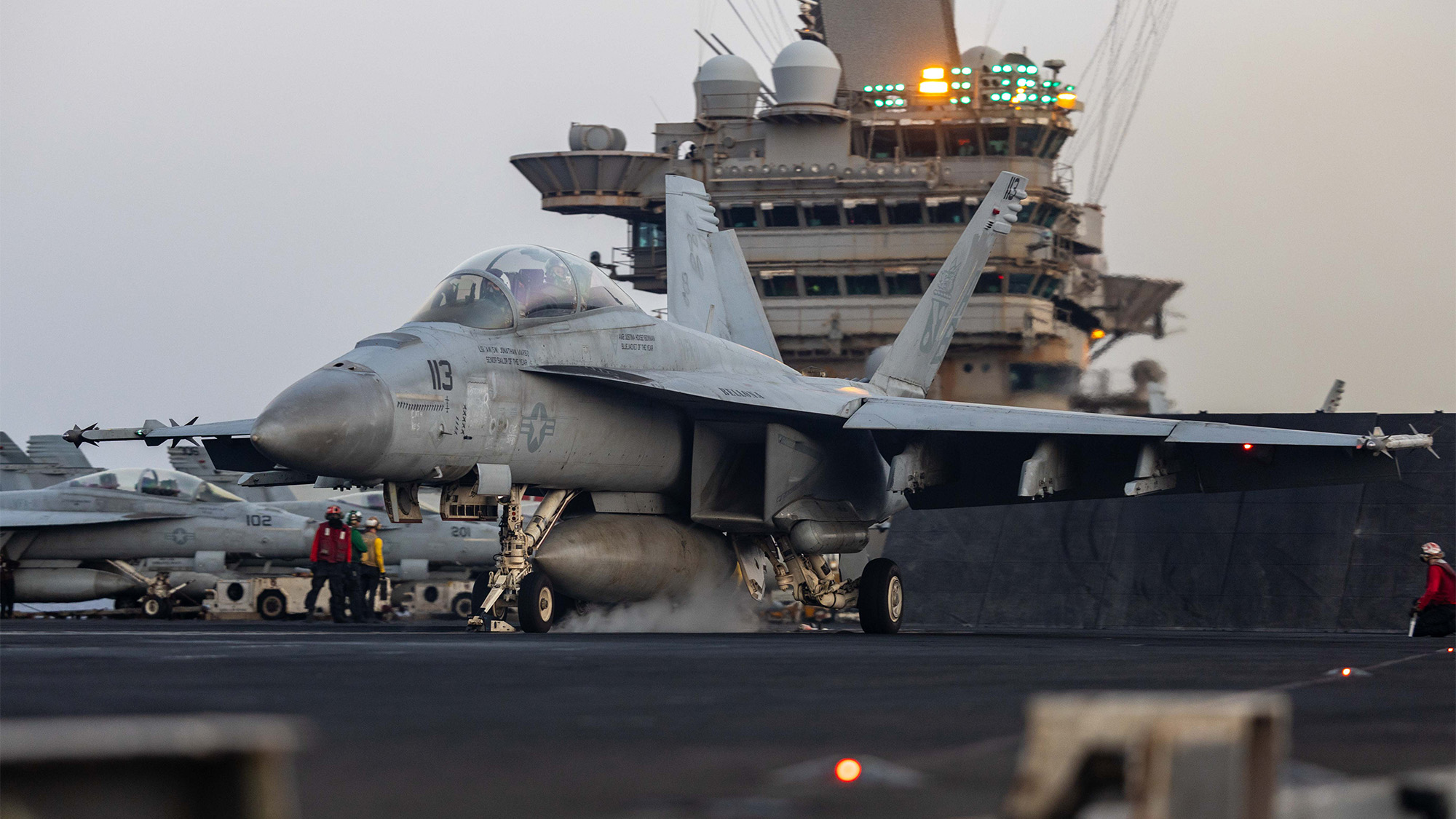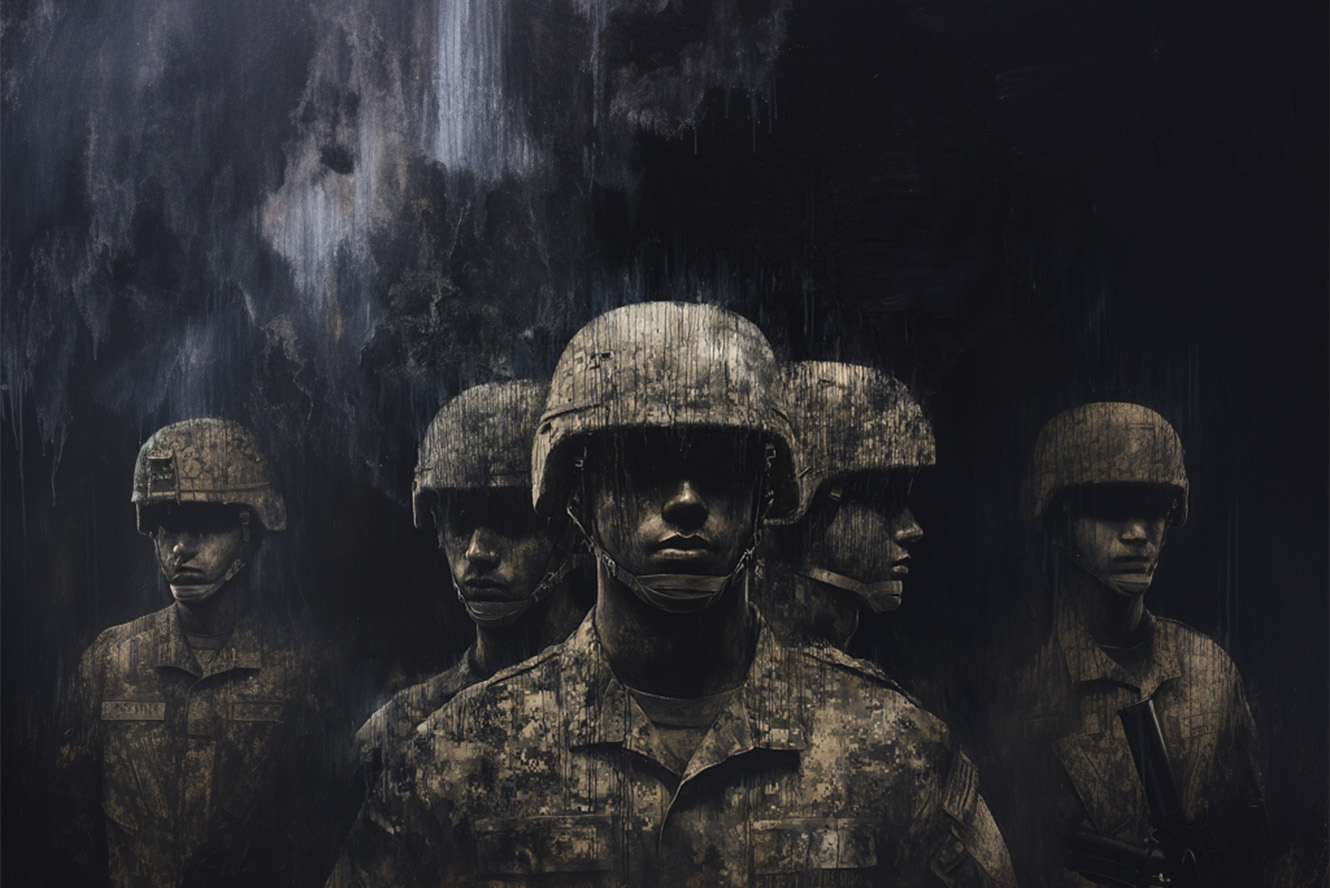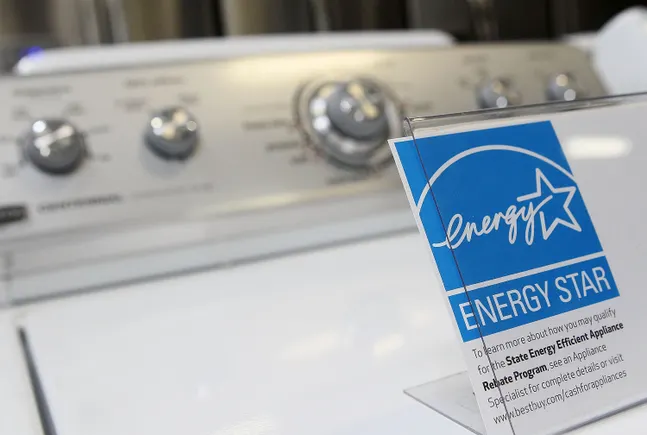US special ops eye unmanned vessels with missiles after purported Ukrainian strike
Ukraine’s claim of downing Russian jets has raised eyebrows over such a “marsupial” capability, but no one’s officially requested it yet, a SOCOM official said.


U.S. Marines operate the unmanned surface vessel for a simulated littoral resupply mission during simulated expeditionary advanced base operations preparation for Exercise Freezing Winds 24 on Haso Busö, Finland, Nov. 12, 2024. (U.S. Marine Corps Photo by Lance Cpl. Franco Lewis)
SOF WEEK — Just days after Ukraine claimed to have shot down two Russian Su-30 jets with air-to-air missiles launched from an uncrewed surface vessel (USV) in the Black Sea, a US Special Operations Command (USSOCOM) official said they’ve seen interest in such a “marsupial” capability.
Speaking at the SOF Week conference in Tampa, Florida on May 6, an official from USSOCOM’s Program Executive Office-Maritime (PEO-M) confirmed there is interest in pursuing USVs capable of carrying a variety of kinetic and non-kinetic effects.
To date, the PEO-M has only worked on efforts to launch loitering munitions from crewed combatant craft as part of the Maritime Precision Engagement (MPE) concept. But the official, who requested anonymity for security reasons, suggested a marsupial capability could include the launch of surface-to-air missiles or uncrewed aerial vehicles (UAVs) from USVs. (“Marsupial” refers to the combination of, in this case, an unmanned surface vessel and additional unmanned aerial, surface or underwater vehicles, similar to marsupials who carry their young in a pouch.)
“There are so many different options out there and over the last couple of years through various different programs, we’ve built building blocks of little capabilities,” the official said. “I think what we’re going to do over the next couple of years is probably combine them, whether its MPE or whether its other ways to launch UAVs.”
Such a capability isn’t known to exist off the shelf, so the official said that on the “commercial side, we are going to look [at] how to combine these capabilities and ‘Frankenstein’ these things.
“So yes, I think there’s a desire for kinetic [effects]. But we also have to figure out the most cost-effective ways of building these things, whether it’s modular or just low cost. I don’t know yet. I know people are working hard to define the requirement,” the official added.
One other hurdle: warfighters need to specifically ask for it.
The PEO-M’s program manager, Capt. Jared Wyrick, said the PEO can only respond to requirements emerging from the Naval Special Warfare Command (WARCOM), who are the ones in “daily communications with the Ukrainian effort to track what’s going on there”.
“We are beholden to WARCOM, and we are really feeding back what we see in industry and to see how to move. We are constantly fielding new ideas on how to move fast on this stuff and how to pull off other programs to see how we can do that,” Wyrick said. “There are current requirements and efforts going as fast as they can to get after things we are talking about. So it’s just not necessarily a SOCOM requirement right now. Our requirements are complimentary to other things that are going on.”
At SOF Week, PEO-M presented information regarding current procurement plans for “small class USVs” capable of providing SOF “maritime access in contested areas and the ability to deliver scalable effects for both short and long endurance missions.”
In fiscal year 2027, PEO-M is expecting to purchase 13 short-endurance, 12 long-endurance and commercial off-the-shelf small USVs incorporating SOF peculiar modifications with literature saying “USVs will operate in concert with other NSW maritime platforms.”
This year’s SOF Week expo saw a variety of USVs of different shapes and sizes demonstrated on the waterfront of the Tampa Convention Center.
Examples included MARTAC, which presented its 38-foot cat-hull USV, capable of launching vertical take-off/landing and tethered UAVs, loitering munitions, vertical-launch missiles, torpedoes, mines and smaller USVs, according to Victor Meyer, head of sales at the company.
Speaking to Breaking Defense, Meyer described how the USV can operate in a semi-submersible “Gator Mode” to reduce visual signature of the craft with only a mast visible above water for intelligence-gathering.
Meyer said USSOCOM is currently “testing the waters” in marsupial USVs, before disclosing the company had recently sold five 12-foot USVs to the US Marine Corps Special Operations Command (MARSOC) for training purposes at Camp Lejeune, North Carolina.










